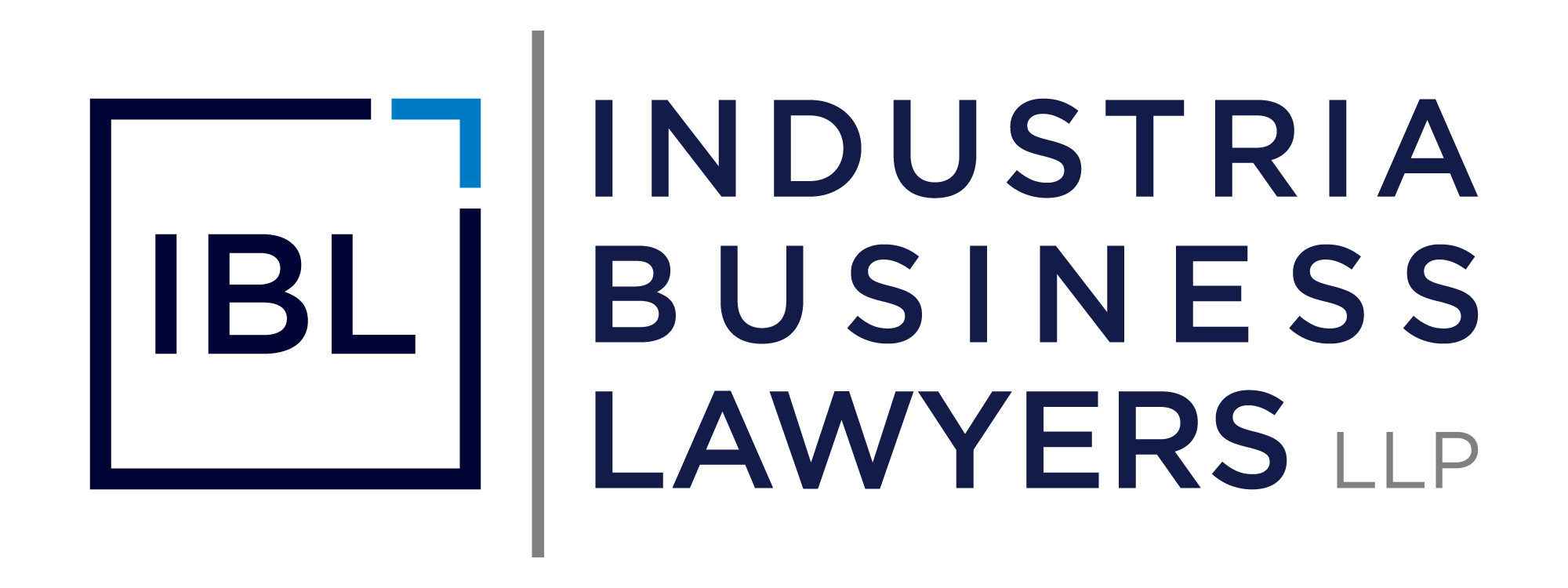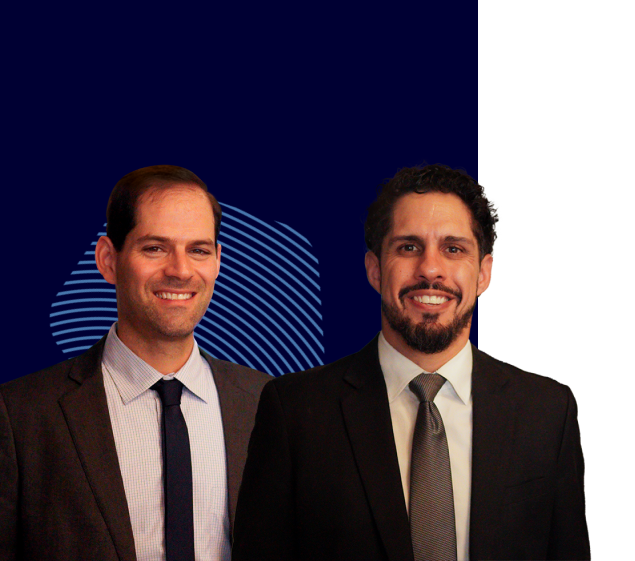Written by: Eric Goldman
The idea that the U.S. government will grant protections for works of intellectual property is almost as old as the nation itself. Article I, Section 8, Clause 8 of the U.S. Constitution provides that the Federal government has the right:
To promote the Progress of Science and useful Arts, by securing for limited Times to Authors and Inventors the exclusive Right to their respective Writings and Discoveries.
Under the power of this clause, the first Congress enacted national patent laws in 1790. Protections for patents have been provided under Federal law ever since, the basic bargain being that, in exchange for giving the public access to innovations in the arts and sciences, the Federal government grants inventors a monopoly over their creations for a limited time. Since the initial inception of patent laws, the process of applying those laws has been evolving due to the emergence of new technologies.
Currently, there are three types of patents in the U.S.: utility, design and plant. With respect to works generated using artificial intelligence (AI), a utility patent is usually the only possible option. Utility patents protect the function and operation of inventions, provided those inventions are novel, non-obvious and useful. Protected inventions can be processes, machines, compositions, or matter, or new and useful improvements of any of the foregoing.
U.S. Patent Protection for Works Created by Artificial Intelligence
A proper understanding of how U.S. patent law currently applies to AI-generated works requires a brief review of the relevant history.
In Pfaff v. Wells Electronics, Inc., 525 U.S. 55 (1998), the U.S. Supreme Court clarified that the meaning of “invention” under U.S. patent law is the “conception” of the inventor. Building on this foundation, the District Court for the Federal District wrote that “[d]etermining “inventorship” is nothing more than determining who conceived the subject matter at issue.” Sewall v. Walters, 21 F.3d 411, 415 (1994). So, when the U.S. Patent and Trademark Office (USPTO) considers a patent application, it looks to ensure that it is protecting an inventor’s conception; and in the opinion of the USPTO and the Federal courts, conception is an act performed in the human mind and can only be performed by natural persons.
This viewpoint has precluded granting patents to any applicant other than a person. For example, corporations, countries and universities cannot be granted patents, although corporations, countries and universities can accept assignments of patent rights from human inventors.
When considering patent protections for works substantially created by AI, then, currently no such protection is available. This is because, as AI systems are not persons, AI cannot “conceive” in the eyes of the law. To be clear, inventors are free to use AI systems in the process of innovating. However, in order for a patent to be issued, it is not enough for a natural person to recognize a concept in output generated by an AI system. A natural person must make a significant contribution to the conception in order for a patent to issue. In other words, a natural person would have to recognize the value of AI-generated output and then add their own value to that output. That human-added value can be demonstrated in numerous ways and will be evaluated on a case-by-case basis by the USPTO.
Most recently, in its publication entitled “Inventorship Guidance for AI-Assisted Inventions” (dated March 5, 2024), the USPTO reiterated that AI-assisted inventions are not categorically unpatentable, and that the focus on reviewing patent applications for such works will be on the presence (or absence) of significant human contributions. The USPTO went on to provide guiding principles, which include (in relevant part) the statements that a natural person’s use of an AI system in creating an invention does not negate that person’s contribution, and that maintaining “intellectual domination” over an AI system does not make a person an inventor.
Challenging The Current Standard
The best-known legal case pertaining to the patentability of AI-generated inventions is Thaler v. Hirshfeld. 558 F.Supp.3d 238 (2021). In that case, Dr. Stephen Thaler sued the USPTO for its refusal to register two patents for inventions created by the Device for Autonomous Bootstrapping of Unified Sentience (DABUS), Dr. Thaler’s AI system. Dr. Thaler refers to DABUS as a Creativity Machine.” The USPTO based its decision on its view that a machine cannot qualify as an inventor. In reaching its decision to support the refusal to grant Dr. Thaler patents in the works in question, the District Court for the Eastern District of Virginia found that the plain language of U.S. patent law provides that an inventor must be an individual, which has always been interpreted as being a human being. The court went on to note that the District Court for the Federal Circuit had consistently held that inventors must be natural persons. On subsequent appeal, the U.S. Court of Appeals for the Federal Circuit upheld the decision of the Eastern District of Virginia (Thaler v. Vidal, 43 F. 4th 1207, 2022). the Supreme Court declined to review the case (143 S.Ct. 1783, 2023).
The reason that the Thaler case is so well known is because it was part of a larger initiative known as The Artificial Inventor Project, a pro bono legal endeavor seeking to establish intellectual property protections for AI-generated creations around the globe. In the U.S., The Artificial Inventor Project is led by Dr. Ryan Abbott, a professor at the University of Surrey in the U.K. In addition to holding a PhD, Dr. Abbot holds MD, JD and MTOM degrees. Dr. Abbott has provided testimony to the U.S. Senate about proposed changes to U.S. patent laws.
The Artificial Inventor Project has sought patent protection for DABUS-generated inventions in multiple jurisdictions. In addition to the United States, such patent protection has been denied in the UK, the EU, New Zealand, Taiwan, Israel, the Republic of Korea, Canada, Brazil and India. Final determinations remain to be made in Germany, Saudi Arabia, China, Japan, Singapore and Switzerland. It should be noted that, in 2021 the Project was successful in getting one patent for a DABUS-generated invention in South Africa. Also in 2021, the Commissioner of Patents in Australia determined that an inventor can be an AI system or device, although procedural hurdles to the registration of a patent for inventions generated by an AI system or device remain.
The fact that The Artificial Inventor Project is seeking patent protections in so many countries may ultimately present challenging policy questions. Assume for a moment that China determines that works generated by AI systems can be protected under Chinese patent law. That could well trigger an exodus of AI-related resources and personnel to China, giving China a competitive advantage over other countries. In addition, since most countries are signatories to international conventions obligating them to respect patents issued by other countries, the owner of a Chinese patent may be able to force the U.S. to honor that patent as a matter of international law, circumventing the U.S. human inventor requirement.
Alternatives to Patent Protection
It is important to remember that patents are not the only means by which inventors can protect their creations. In fact, since public disclosure of innovations is required in order to participate in the patent system, many inventors seek alternative means to protect their valuable new processes, machines, compositions, and improvements, in order to avoid sharing their secrets with their competitors.
One such alternative would be trade secret law. Perhaps the best-known examples of trade secrets exist outside of the patent world—namely, the formula for Coca-Cola and the recipe for KFC (formerly Kentucky Fried Chicken). Those two formulas are some of the most closely guarded secrets in the world and are incredibly valuable.
If an inventor, or the owner of rights in an invention, takes the steps necessary to keep proprietary innovations private, there is legal protection available should that trade secret be misappropriated by a competitor. In the past, trade secrets were governed exclusively by state law. However, in 2016 Congress passed the Defend Trade Secrets Act, or DTSA, which created a federal cause of action for trade secret misappropriation. In addition to damages, the DTSA also provides for equitable remedies such as injunctions.
Other possible remedies exist under both federal law and the laws of the various states. There is a federal unfair competition law that reaches the passing off of someone else’s work as your own. In the event an inventor seeks to claim a patent in an innovation generated by an AI system, and in the process that inventor presents themselves to the USPTO as the person who conceived of the invention, then the owner of the AI system may have rights. More specifically, the owner of the AI system may be able to allege that the patent-seeking inventor is trying to pass off AI-generated work as the work of the inventor, thus falsely designating the origin of that invention. Federal law can provide significant remedies in such an event. Laws of various states provide similar remedies.
In addition, trademark law might provide some protection for AI-generated works. For example, Dr. Thaler could register the word DABUS as a trademark for use in connection with inventions in various fields. By applying the trademark DABUS to products created using the innovations generated by the DABUS Creativity Machine, Dr. Thaler would be identifying those products and services as genuinely originating with DABUS. Anyone trying to market any competing product or service under a trademark similar to DABUS, and thus creating the possibility of confusion in the marketplace, could face a trademark infringement lawsuit.
Closing Thoughts
In closing, then, it is safe to say that we are only at the beginning of grappling with the impact of AI-generated works on the U.S. patent system. We are certain to see new theories and new approaches in attempts to find protection for these works.
It is important to remember that anyone who has ever resisted the emergence of a new technology has lost. Movie studios resisted the emergence of home video recorders; broadcast networks fought the rise of cable television; record labels fought the online distribution of music. It is hard to imagine that the status quo pertaining to the patentability of AI-generated works will not continue to evolve.
If you have any questions about anything in this article or want help in protecting your AI-generated intellectual property, lawyers at Industria Business Lawyers are available to help—don’t hesitate to contact us.


